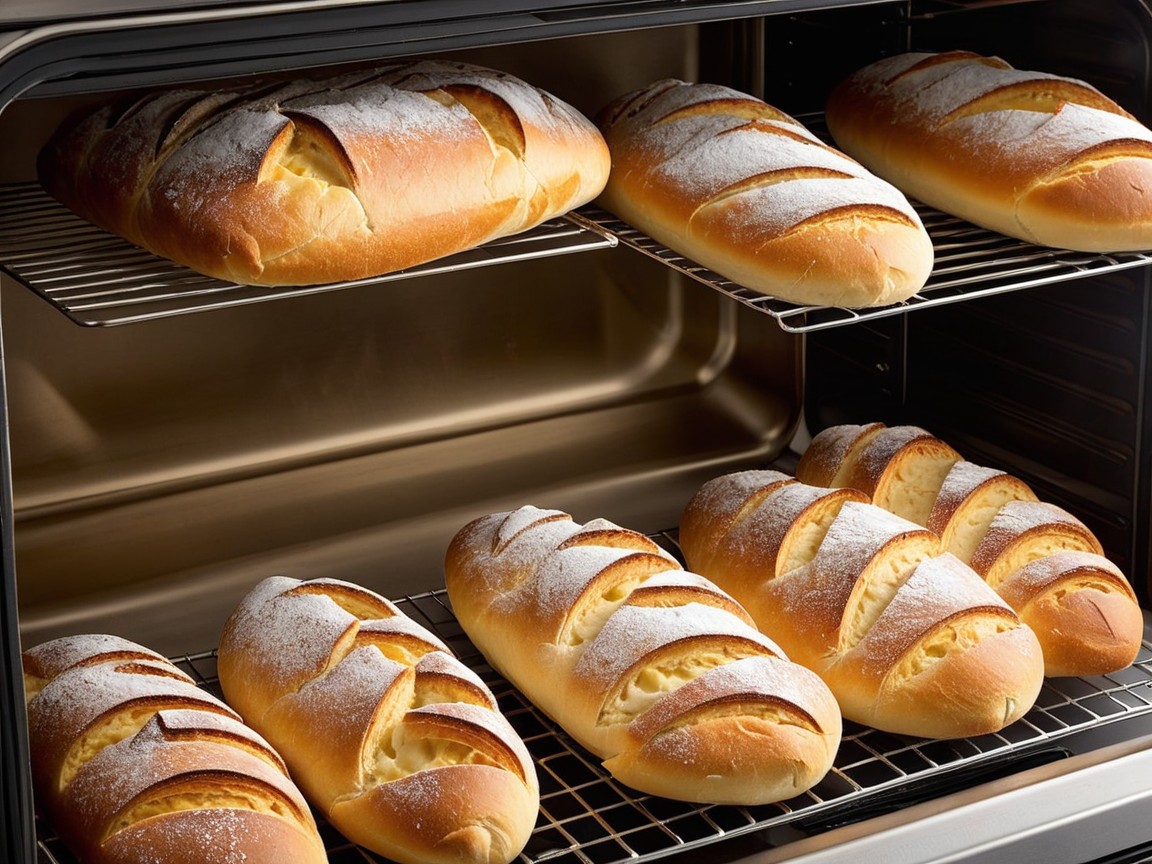
A great pizza starts with perfectly stored dough. Whether prepping homemade pizza dough for busy weeknights or experimenting with a new pizza dough recipe, proper storage ensures your dough stays fresh, pliable, and ready to bake. Here's why mastering storage techniques—like avoiding freezer burn and using plastic wrap—is key to pizza success, whether you're baking in a roasting pan or an electric roaster.
Fresh dough is alive. Yeast continues fermenting, and gluten relaxes over time. Storing dough incorrectly can lead to dryness, texture changes, or unwanted flavors. Let's break down the best methods to keep your dough balls in peak condition, ensuring they’re ready for any baking tool, from a classic roasting pan to a modern electric roaster.
For short-term storage (up to 2 days), refrigerate the dough. Wrap it tightly in plastic wrap or place it in an airtight plastic bag to prevent drying. This slows fermentation, so your dough won't over-rise. Always let refrigerated dough rest at room temperature for 30 minutes before shaping—this relaxes the gluten for a tender pizza crust, whether you're using a roasting pan for deep-dish pizza or an electric roaster for crispy flatbreads.
Pro Tip: While your dough rests, prep toppings or side dishes. A roasting pan can double as a serving tray for garlic knots, while an electric roaster handles large batches of baked appetizers.
To store frozen pizza dough for months:
Divide dough into portioned balls.
Wrap each in plastic wrap, then place in a freezer-safe bag.
Thaw overnight in the fridge before using.
This method prevents freezer burn, which ruins texture and flavor.
Bonus Idea: Thawed dough works equally well in a roasting pan (ideal for thick-crust pizzas) or an electric roaster (perfect for reheating leftovers or baking multiple small pies).

Leaving the dough uncovered: Exposure to air dries it out, whether you’re baking in a roasting pan or an electric roaster.
Skipping portioning: Large batches are harder to thaw evenly.
Using thin bags: Double-layer wraps protect against freezer odors.
If your dough feels stiff after days in the fridge, knead in a teaspoon of water. For frozen dough, avoid microwaving—slow thawing preserves quality. Revived dough adapts to any cooking method, from a traditional roasting pan to a versatile electric roaster.
Instead of discarding extra dough, transform it into:
Flatbreads: Bake in a roasting pan for a crispy base or an electric roaster for even heat distribution.
Cinnamon rolls
Mini store pizza-style snacks
Kitchen Hack: Use a roasting pan to bake sheet-pan pizzas or an electric roaster to keep party-sized appetizers warm.
Label bags with dates to track freshness.
Use high-quality flour for better freezer resilience.
Always let the dough return to room temperature before baking. This ensures even cooking, whether you choose a roasting pan for artisanal crusts or an electric roaster for efficiency.
By learning how to store pizza dough correctly, you'll eliminate waste and enjoy restaurant-quality crust anytime. Whether you're prepping ahead or salvaging leftovers, these steps ensure your dough stays as fresh as the day you made it—no matter your preferred baking tool.
Address:101, Building 7, No. 22 Huateng Road, Shiqi Town, Panyu District, Guangzhou
Telephone: +86 13822281065
邮箱: info@ankkl.com
